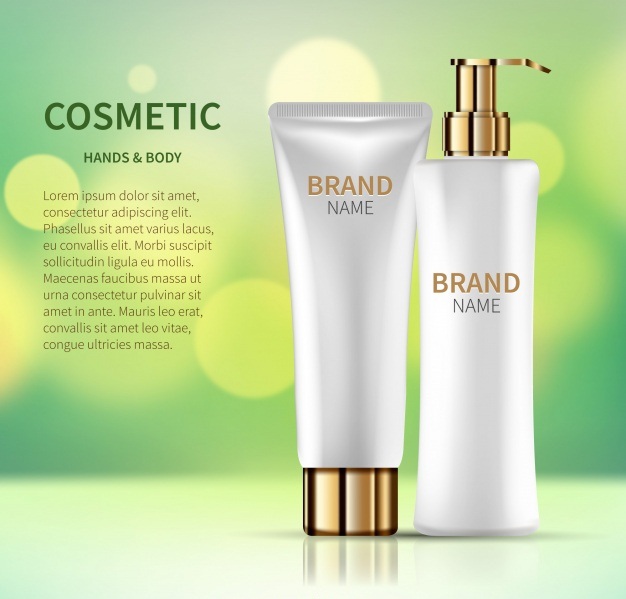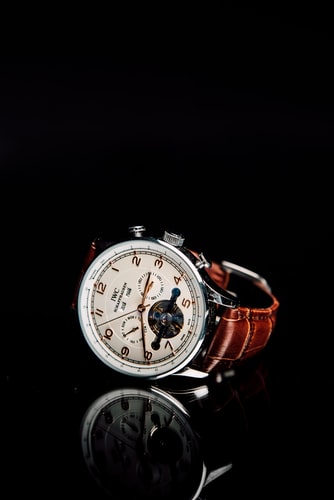In the case of brands, the image of the brand is strongly represented by the type of photographs that are clicked and presented by its product. An intelligent brand would strategize regarding the best method to convey their stature simply through the photographs of their products. Since these photographs may be used anywhere, ranging from websites, catalogues, photographs, billboards, pamphlets and advertisements, it involves a substantial amount of forethought.
Product photographs are primarily of 2 types:
White background:
Contextual:
Although many people have different opinions on which type of photographs should be included in websites or catalogues, the fact is that both of them hold equal importance as they have completely different uses and neither can entirely market the product without the other. An ideal catalogue of images for a specific product would consist of some pictures clicked against a white background of the object at different angles, to give a clear understanding of its dimensions.
This would be accompanied by a select few pictures showing the product in its intended environment or in use to illustrate how it actually relates to the real world. This is important in order to address all potential types of customers- those who look at products from a technical perspective, as well as those who are more intent on understanding if the product makes sense for their needs and in the real world.
Product photography does not really require very high-quality cameras or equipment. Most of the photo depends primarily on the skills of the photographer and their ability to depict the product. The main thing to keep in mind is that lighting and composition are very important. The sort of light that the object is placed in and the way that the light bounces off its surface is the first thing which will convey the quality of the product and the materials which have been used.
Moreover, light controls are also necessary to maintain the white balance and to ensure that the photographs do not turn out to be too dark or too light. The composition relates to how the object is placed and the general aesthetics of the picture which is what either holds or loses the attention of the consumer. A good photograph will have the product positioned in a way that the customer finds interesting or informative. A lot of product photography revolves around providing information in subtle, and slightly manipulative ways.
Hopefully, this article has been useful in getting you started on your work as a product photographer. This field, like most others, requires a certain amount of effort and practice before one can hope to feel established or make a clear niche. Never fear the idea of experimenting and switching up your angles and styles constantly. In the end, the best photographs are usually those who are a little different. Good luck!




